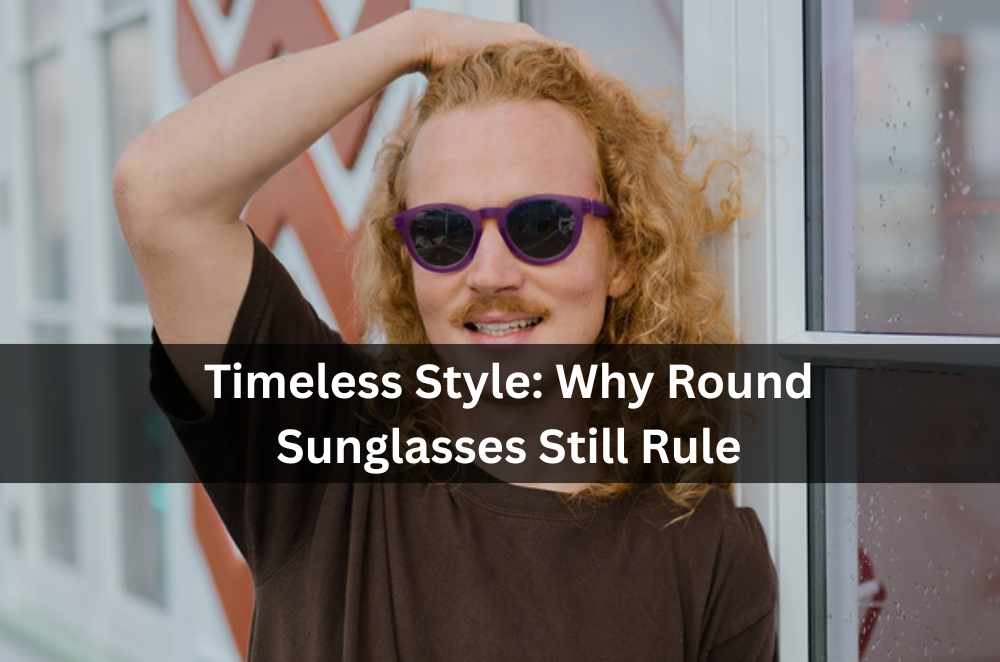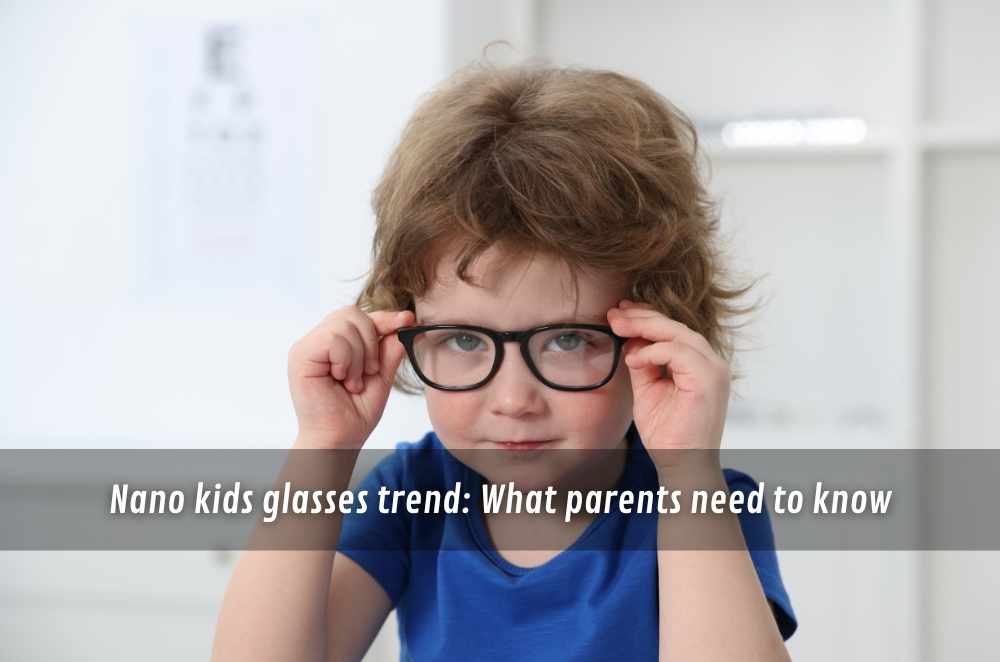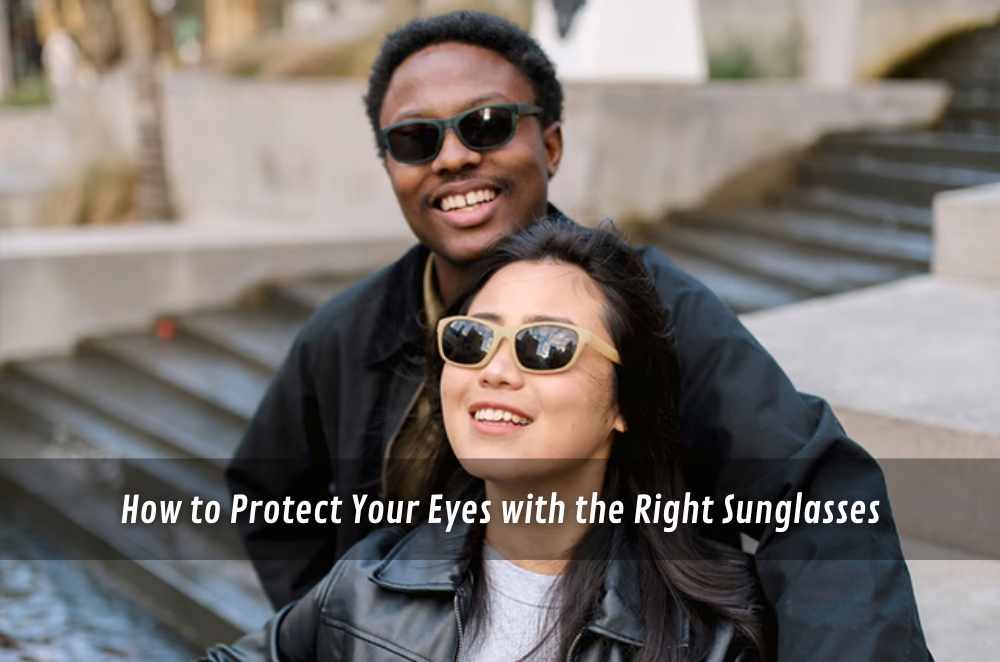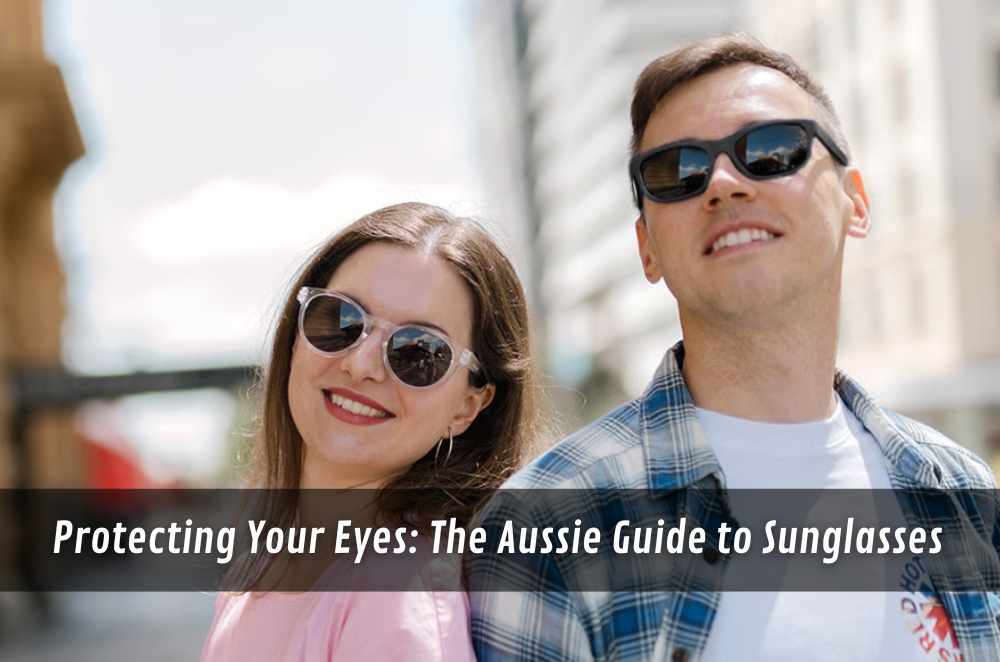
Buying glasses can feel like a bigger task than you expect. I remember walking into the shop thinking I’d just grab something simple. But the second I saw all those display frames in every shape and color—I felt completely overwhelmed. A salesperson came over right away, eager to help, but I didn’t even know where to start.
It took a few tries (and a couple of pairs I never really liked) before I figured out what actually mattered. If you’re getting ready to pick out new glasses, whether it’s to update your look or replace an old pair, it helps to have a bit of a game plan.
Here are some things I’ve learned about finding the best prescription glasses that fit well and feel like “you.”
Make sure your prescription is up to date
You’d think this would be the obvious part, but it’s surprisingly easy to forget. I went years without realizing my prescription was a bit off. I only noticed when I started getting headaches at the end of the day.
Even if you feel fine, it’s smart to get your eyes checked every couple of years. A qualified eye doctor will:
Test how each eye is seeing
Look for any shifts in vision since your last exam
Check for early warning signs of problems
Update your prescription if needed
If you’re in the U.S., you also have certain rights around getting your prescription. The Federal Trade Commission has clear eyeglass prescription rules, so you can leave with a copy. It’s worth knowing what you’re allowed to ask for so you’re not caught off guard.
Think about when you’ll wear them
I once bought a pair that looked amazing in the mirror—big, chunky frames—but they felt ridiculous once I had to wear them every day. That taught me that style can’t be the only thing you think about.
Ask yourself:
Are these going to be your full-time glasses or just for reading?
Do you need them to hold up to sports or outdoor work?
Will you be driving in them?
Do you care about how heavy they feel after a few hours?
I always try to picture where I’ll be using them most. If you expect them to do everything, look for frames that are sturdy but lightweight. And test how they feel behind your ears. If they’re already uncomfortable in the shop, it’s only going to get worse later.
Pick a shape that works with your face
This is the part that used to trip me up the most. I’d just pick something that looked cool on display, but once I put it on, it didn’t look right.
Over time, I learned there’s a reason opticians ask about face shape. A few basics:
Round faces usually look better with frames that have sharp lines or angles.
If your face is more square, rounder frames can soften it a bit.
Oval faces can pull off most styles.
Heart-shaped faces sometimes balance out with frames that have more width at the bottom.
If you’re feeling stuck, there’s a lot of down-to-earth advice about choosing glasses frames that can help you figure out what suits you.
Think about the lenses, too
I used to think all lenses were about the same. The first time I had to drive at night in the rain with no anti-glare coating, I realized I’d been wrong. The reflections were so distracting, I barely made it home.
There are lots of options these days, depending on what you do every day. You might want:
An anti-reflective finish so lights don’t bounce off your lenses
Blue light protection if you’re on a screen all day
Lenses that darken automatically when you step outside
Thinner lenses if you have a strong prescription
Your optician can walk you through what each option costs. Sometimes paying a bit more at the start is worth it, so you don’t regret it later.
Make sure they actually feel good

The best pair of glasses in the world doesn’t matter if they’re annoying to wear. I’ve owned pairs that dug into the bridge of my nose or slipped down every time I looked down.
Here are a few things I check before buying:
Do they leave any marks on your skin after a few minutes?
Are the nose pads comfortable?
Do they stay put when you nod or tilt your head?
Are the arms pinching your temples?
If you’re shopping online, it helps to measure an old pair that fits well. Most websites list the exact measurements so you can compare.
Check what happens if you change your mind
One lesson I learned the hard way: always ask about returns before you buy. I ordered a pair online that looked completely different when they arrived—way too big and not quite the color I’d expected. The shop only offered store credit, so I was stuck with it.
It made me realize how important it is to understand the policies before you commit. If you’re shopping on the internet, it helps to read up on what reputable retailers do to make customers feel secure. I came across an article about buying glasses online safely that explained what to look for, like clear return windows, accurate product photos, and prescription verification. It’s the sort of thing that sounds obvious, but I wish I’d thought about it sooner.
A good seller should be upfront about:
How long do you have to send them back if they don’t feel right
Whether you get a refund or only store credit
What kind of warranty do you get in case something breaks
If they’ll adjust the fit after you’ve worn them
Even if you’re excited to place the order, it’s worth taking five minutes to double-check these details.
Take a little time to learn
I’ll be honest—when I bought my first decent pair of glasses, I didn’t read anything. I figured I’d just walk in, try a few on, and that’d be it. But then I got home and realized I hadn’t thought about half the details that matter day to day.
So next time around, I did it differently. I spent a weekend poking around articles and forums about how to save on prescription glasses. Some advice was too technical, but plenty was simple stuff—like how to check measurements or why certain frames feel heavier.
Here are a few things I kept asking myself while I browsed:
Do these look like something I’d wear every day or just occasionally?
Are the materials decent enough to last a couple of years?
When I look in the mirror, do I feel like “me,” or am I trying too hard?
It’s funny how just reading a few people’s stories made me feel more sure about what mattered to me. Even if you’re not a big researcher, skimming a couple of guides can help you avoid buying something you regret.
A few last thoughts
Buying new glasses can feel like a chore, but it doesn’t have to be overwhelming. I’ve found that taking your time—and not letting anyone rush you—makes a big difference.
At the end of the day, you’re the one wearing them every day. You’re the one who’ll feel whether they pinch or slide around or feel just right.
If you focus on picking something that feels good, helps you see clearly, and suits your style (even if that style is plain and simple), you’ll probably end up with a pair you actually enjoy. And that’s what matters most.









Write a comment ...